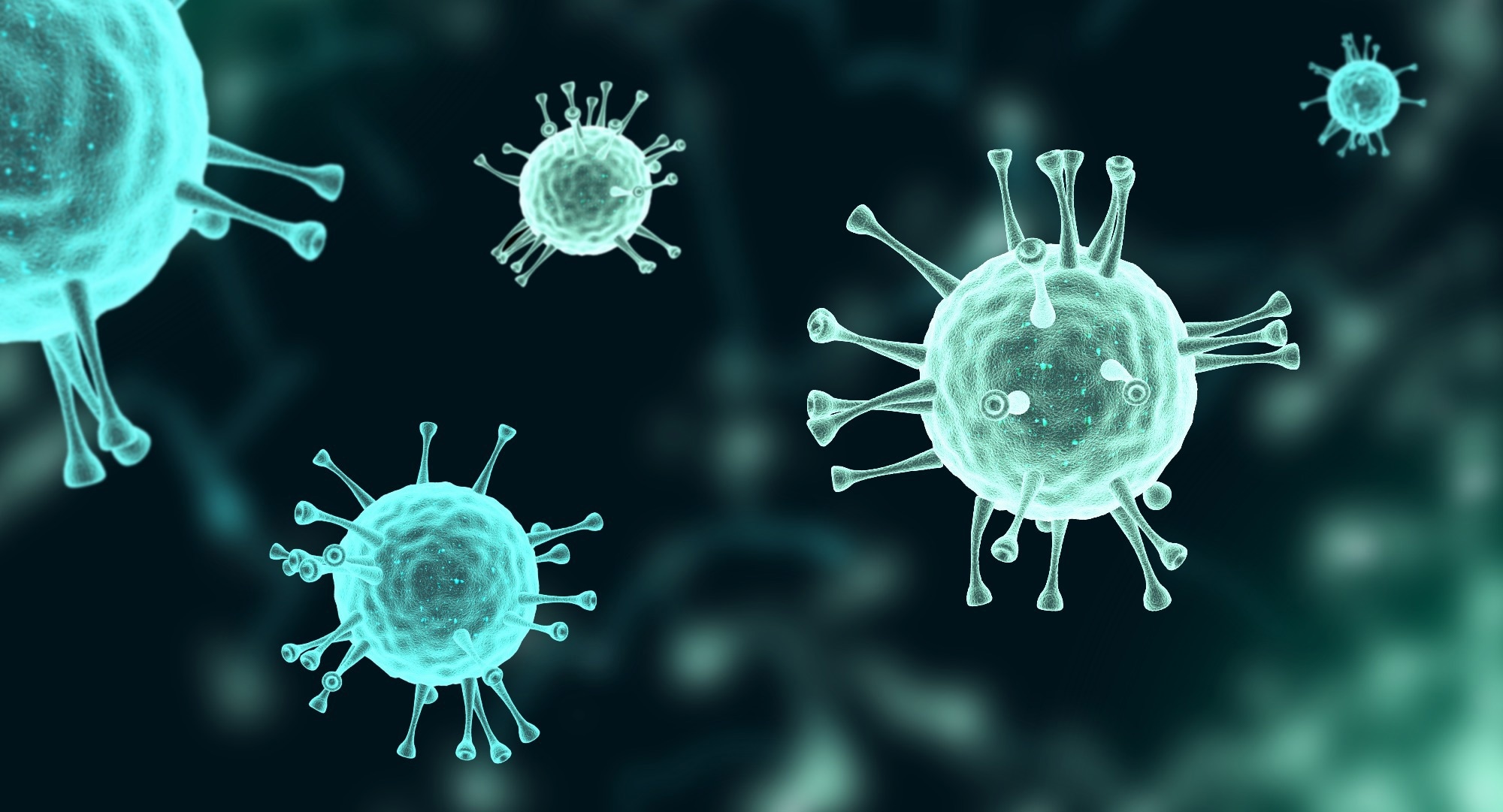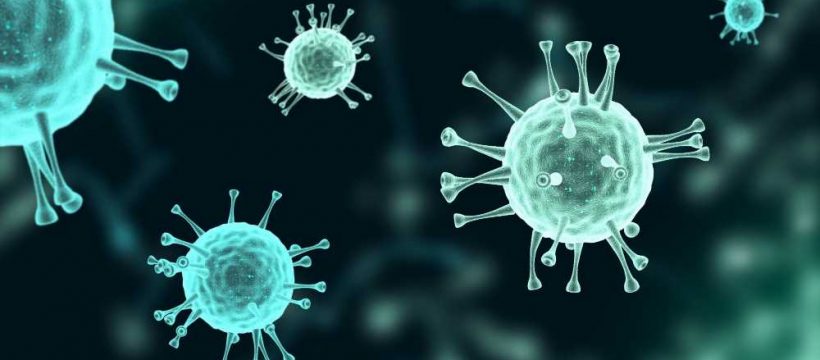In a recent study posted to the medRxiv* preprint server, researchers evaluated the messenger ribonucleic acid (mRNA)-1273 vaccine effectiveness (VE) against severe acute respiratory syndrome coronavirus 2 (SARS-CoV-2) Omicron sub-variant of concern (sub-VOC) infections and hospitalizations.

The continual emergence of SARS-CoV-2 VOCs with greater transmissibility and immune evasiveness, such as Omicron and its sub-VOCs, has threatened coronavirus disease 2019 (COVID-19) vaccine efficacy and serological immune protection conferred by natural SARS-CoV-2 infections. The authors of the present study previously reported that the two-dose (D2) mRNA-1273 VE for Omicron BA.1 infections was much lower (44%) than against Delta infections (80%), and reduced to six percent and 61% three months post-infection with BA.1 sub-VOC and Delta VOC, respectively.
VE estimates for three-dose (D3) and four-dose (D4) vaccines against recently circulating Omicron sub-VOCs such as Omicron BA.4/5 need to be investigated to inform policy-makers and public health authorities to develop broad and updated vaccines and improve global preparedness against emerging SARS-CoV-2 VOCs.
About the study
In the present test-negative case-control study, researchers evaluated D3 and D4 VE estimates for mRNA-1273 vaccines against Omicron sub-VOC-induced infections and hospitalizations.
The study comprised 30,809 reverse-transcription-polymerase chain reaction (RT-PCR)-confirmed adult COVID-19 patients and 92,427 controls (non-COVID-19 individuals) diagnosed between 1 January and 30 June 2022. Cases comprised Omicron BA.1-, BA.2-, BA.2.12.1-, and BA.4/5-infected indiviudals. Nasopharyngeal swab specimens were used for COVID-19 diagnosis, and participant data were obtained from their KPSC electronic health records (EHRs).
Omicron sub-VOC proportions were monitored by whole-genome sequencing (WGS) and spike gene target failure (SGTF) analyses. Individuals were included if they were KPSC members for ≥1 year and excluded in case of prior COVID-19 history within the previous three months of sample collection. Further, individuals who received mRNA vaccinations within the previous two weeks or received double mRNA-1273 doses <24 days apart or greater than four mRNA-1273 doses before sample collection or received other vaccine doses were excluded from the analysis.
The cases and controls were matched in a 1:3 ratio for age, sex, ethnicity, and date of sample collection. The study exposures were D3 (vs. D2 and non-vaccinated) or D4 (vs. D3 doses and non-vaccinated) of mRNA-1273 vaccines. Logistic regression analysis was used for the analysis, and odds ratios (OR) were calculated. To evaluate the incremental VE of D3 vs. D2 and D4 vs. D3 doses of mRNA-1273, the relative VE (rVE) values were determined by the time elapsed since D3 or D4 receipt. Furthermore, sensitivity analyses were performed by including cases that could not be sequenced and by excluding immunosuppressed individuals from the analysis.
Results
Out of 30,809 COVID-19 patients, 53% (n=16,418) were sequenced successfully, of which, 93% of cases had RT-PCR cycle threshold (Ct) values ≤27. The median value for participants was 46 years, and 56% and 45% were female and Hispanic, respectively. D3 VE against Omicron BA.1 infections showed high values and gradually waned, whereas VE estimates against Omicron BA.2-, BA.2.12.1-, and BA.4/5-induced infections were 61% to 91% 14 days to 30 days post-D3 but waned quickly.
D4 VE against BA.2-, BA.2.12.1-, and BA.4/5-induced infections ranged from 64% to 76% and was 31% against Omicron BA.5 14 days to 30 days post-D4, vanishing within three months for all Omicron sub-VOCs. D3 VE for BA.1-, BA.2-, and BA.4/5-induced hospitalizations were 98%, 82%, and 72%, respectively; D4 VE against BA.4/5 hospitalization was 89%. D3 VE (vs. non-vaccinated) against Omicron sub-VOC infections by time elapsed since mRNA-1273 vaccination, the D3 VE for Omicron BA.1 ranged between 86% 14 to 30 days post-D3 third and 55% five months post-D3.
VE for the two corresponding timepoints were 61% and -25% for Omicron BA.2 sub-VOC (except BA.2.12.1), 83% and -27% for Omicron BA.2.12.1, 73% and -16% for Omicron BA.4, and 91% and 18% for Omicron BA.5, respectively. Consistent incremental immune protection of D3 vs. D2 was observed 14 to 90 days post-D3, except for Omicron BA.4; however, rVE values reduced with time.
D4 VE against Omicron BA.2 sub-VOC was 64% 14 to 30 days post-D4 and 17% beyond three months of D4. VE estimates for the timepoints, respectively, were 64% and 14% for Omicron BA.2.12.1, 76% and six percent for Omicron BA.4, and 31% and five percent for Omicron BA.5. The D4 rVE values indicated consistently increased immune protection than D2 14 to 90 days post-D4. D3 VE against BA.1-, BA.2-, and BA.4/5-induced hospitalizations were 98%, 82%, and 72%, respectively.
D3 vs. D2 rVE against the corresponding sub-VOCs were 89%, 75%, and 88%, respectively. D4 VE against BA.2-induced and Omicron BA.4/5-induced hospitalizations were 96% and 89%, respectively, and rVE estimates for the corresponding sub-VOCs were 86% and 72%, respectively. In the sensitivity analyses, VE and rVE estimates against infections were lower when only successfully sequenced samples were included; however, the estimates against hospitalizations remained largely unaltered for all patients but lower for the immunosuppressed.
Overall, the study findings showed that D3 or D4 mRNA-1273 VE against Omicron sub-VOC infections was moderate and short-term, but immune protection against COVID-19 severity remained robust. The findings provided evidence for mRNA-1273 VE in alleviating SARS-CoV-2 infection-associated health burden in real-world settings and underscored the need for updated COVID-19 vaccines.
*Important notice
medRxiv publishes preliminary scientific reports that are not peer-reviewed and, therefore, should not be regarded as conclusive, guide clinical practice/health-related behavior, or treated as established information.
- Hung Fu Tseng et al. (2022). Effectiveness of mRNA-1273 against infection and COVID-19 hospitalization with SARS-CoV-2 Omicron sub-VOCs: BA.1, BA.2, BA.2.12.1, BA.4, and BA.5. medxRiv. doi: https://doi.org/10.1101/2022.09.30.22280573 https://www.medrxiv.org/content/10.1101/2022.09.30.22280573v1
Posted in: Medical Science News | Medical Research News | Disease/Infection News
Tags: Coronavirus, Coronavirus Disease COVID-19, covid-19, CT, Efficacy, Gene, Genome, Nasopharyngeal, Omicron, Polymerase, Polymerase Chain Reaction, Public Health, Respiratory, Ribonucleic Acid, SARS, SARS-CoV-2, Severe Acute Respiratory, Severe Acute Respiratory Syndrome, Syndrome, Transcription, Vaccine

Written by
Pooja Toshniwal Paharia
Dr. based clinical-radiological diagnosis and management of oral lesions and conditions and associated maxillofacial disorders.
Source: Read Full Article
